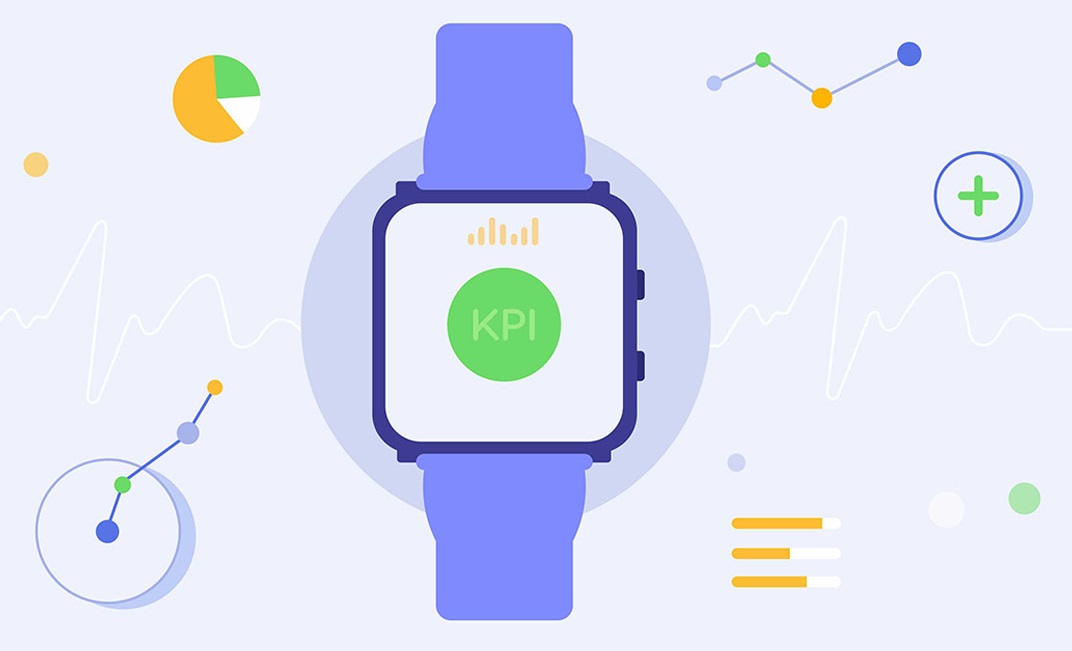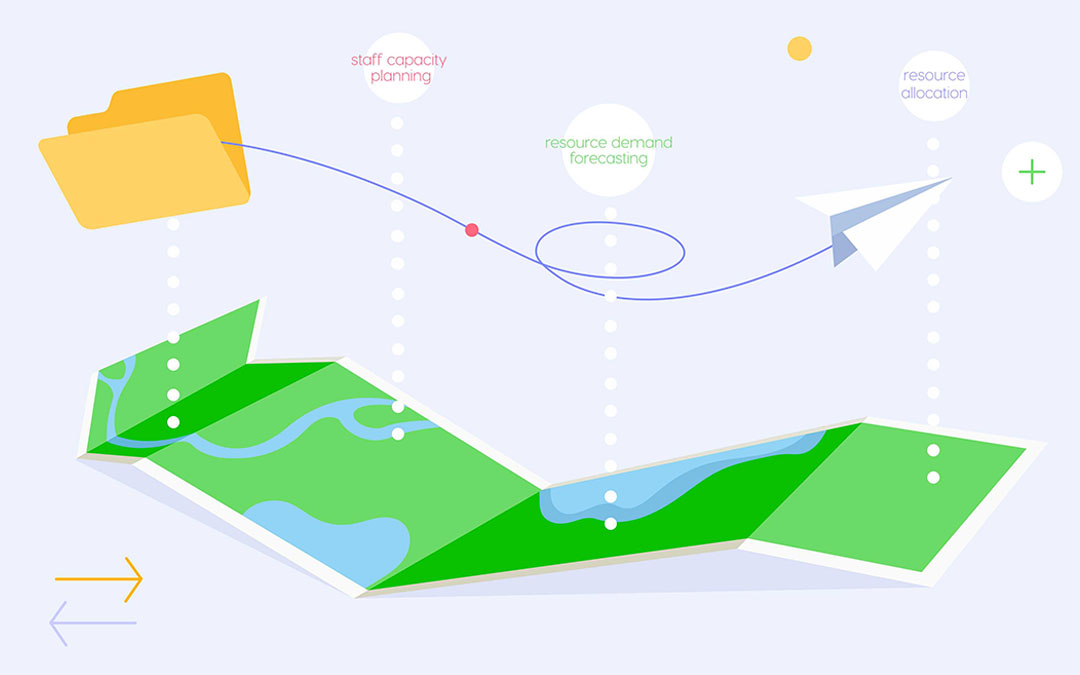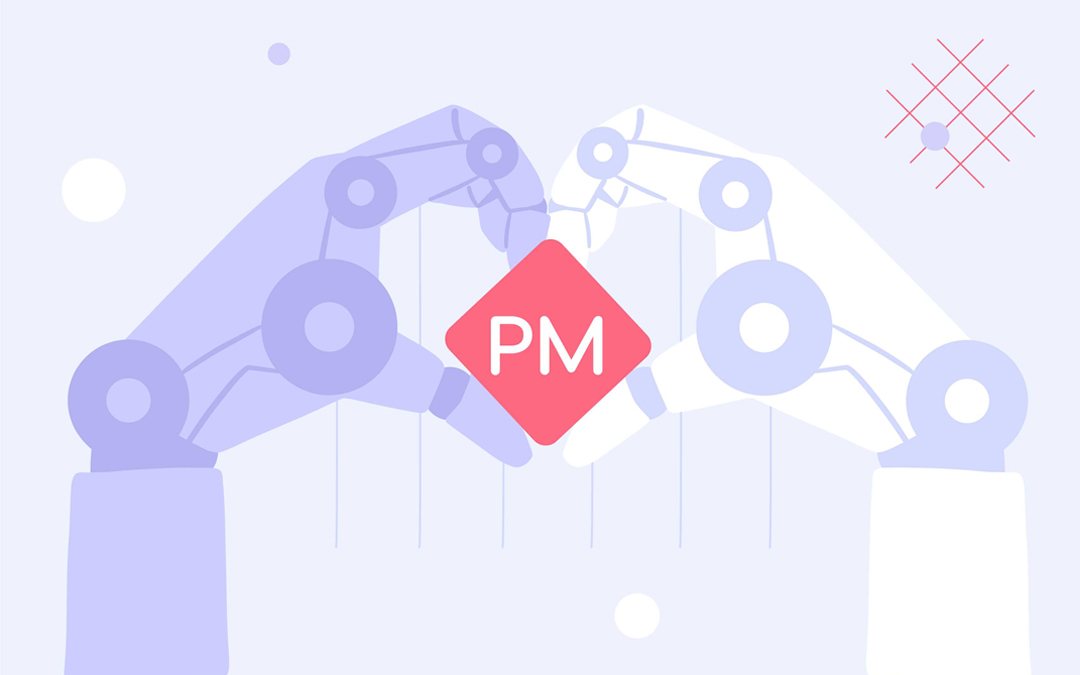When a company needs to deliver more orders, it may seem natural to hire more resources to fulfill the increasing demand. At the same time, such a decision has its disadvantages – onboarding a new employee is costly and time-consuming, which is multiplied by current economic turbulence and uncertainty about the future. Does it mean that organizations shouldn’t try to intake more projects and gain profit? Of course, no. Read further to learn about the ways to cope with the increasing demand for resources and ensure the profitability of your business.
Meeting the increasing demand: Hiring extra people vs. utilizing the existing resources
Basically, there are two ways to meet the increasing demand for resources – to hire more employees and to optimize the utilization of the existing resources. When choosing between these two options, you should keep in mind that the first variant has certain limitations.
- Hiring is always time-consuming: first, you have to find the right candidate, which can sometimes last for months. Second, it will take a while for them to learn the specificity of their work and become efficient in the new working environment.
- Hiring is costly, and it’s a rather risky investment – you cannot be 100% sure that the new employee will produce high-quality output and won’t become a bottleneck for the whole project environment. Finally, it will take about half a year before a company can pay off the investment in the new employee, says the research. It means that you’ll have to postpone new projects as well as increasing profitability plans for a rather long period of time.
- Newbies won’t deliver the required output immediately – according to the statistics, it takes about three to eight months for a new employee to become fully productive at work.
In contrast, optimizing the potential of existing resources has its own benefits. First, they are familiar with the working environment, an organization’s activities, work specificity, etc., so they don’t have to spend time on mastering these things. Second, you don’t have to spend extra money – existing employees get their monthly salaries no matter how many projects they are working on. Third, training available employees from other resource groups and assigning them to required tasks is faster and cheaper than hiring new people.
Read more: Intaking More Projects in Aerospace and Defense: How Resource Management Solution Can Help
Of course, there are cases when you have to hire extra people no matter how efficient your existing resources are. But before you make such a decision, you have to make sure that your team members’ potential is utilized in the most efficient way.
How to understand whether your teams can meet the increasing demand? Jump into the next section to find it out.
Delivering more output: Analyzing your teams’ capabilities and workflow efficiency
Before you decide on hiring extra people, you can answer the following questions.
- Do the team members work on the highest-priority tasks?
If they do bad multitasking instead of focusing on the most important work, they won’t be efficient enough.
- Do you apply an effective approach to establishing tasks’ timelines?
If you set strict task deadlines or schedule tasks, it can reduce the efficiency of work – the team members will use all the time allotted for task completion even if they can cope with this amount of work faster.
- Do you know exactly your resources’ capacity and demand?
To make effective decisions, this data should be easily accessible and up-to-date.
- Do the employees’ tasks correspond to their competence levels?
If they are too difficult for them, they may complete them with a delay and hamper other team members’ work. If the tasks are too simple, the team members may feel unimportant and/or disengaged, which also won’t do good to the workflow.
- Does the people’s workload correspond to their capacity?
If there’s even one overloaded resource group, it can become a bottleneck and negatively affect other projects due to dependencies between them. Idleness is also a tricky thing, as it’s really difficult to detect it. In both cases, team members’ productivity will be reduced.
- Are there any roadblocks in the workflow?
You should check whether there are any issues that block the flow – if they are resolved, it can turn out that your teams are capable of delivering more.
Therefore, the team members’ ability to produce more output depends on the following things:
- Clear and correct priorities;
- Eliminating bad multitasking, student syndrome and Parkinson’s law;
- Resource allocation with regard to employees’ competences, availability, and capacity;
- Proper workload management so that nobody becomes a bottleneck hampering the flow;
- Making informed management decisions based on real-time and historical data analytics.
It’s almost impossible to meet all the above-mentioned requirements without the assistance of a comprehensive software solution. Modern project and resource management tools not only help manage projects, resources, and tasks but also increase the efficiency of project work and improve resource utilization. As a result, a company can deliver more projects with the same number of resources. Let’s take a closer look at the capabilities of AI-driven resource management solution.
How a resource management solution will help your team members deliver more
We’ll illustrate essential functionality required for increasing teams’ output using the example of Epicflow, a resource management solution intended for work in a multi-project environment with a shared resource pool. The main idea behind Epicflow is to enable the successful delivery of every project in the environment thanks to maximum effective management of resources. In addition, one of its main capabilities is preventing bottlenecks so that nothing blocks team members’ productivity. So, let’s examine how Epicflow’s functionality can let your team members produce more output without the need to hire more people.
Identifying bottlenecks and their causes
Epicflow can discover existing problems in the workflow in a few minutes after the data input. For example, it’s really challenging to detect idleness – nobody will tell their boss that they have nothing to do, but it becomes possible after the analysis of Epciflow’s Historical Load Graph. Also, Epicflow can show you the overloaded resource group that has blocked the flow. Having resolved bottlenecks, your team members can significantly increase their efficiency and your company will be able to deliver more projects without the need to hire more people.
Forecasting resource demand and workload
Epicflow can show the demand level and the workload of your resources far in the future, which makes it possible to detect potential problems early on and take all necessary measures to prevent them. Also, this information will help you when planning resources for upcoming projects, which will facilitate making the right decision regarding the real necessity of hiring more people. Finally, Epicflow can calculate the exact number of people required to fulfill the demand so that you won’t have to waste money on unnecessary resources.
Setting the right priorities
Epicflow provides every team member with a prioritized list of tasks based on critical milestones so that they can focus on the most important work for the moment. Also, in Epicflow, you don’t have to set strict task deadlines; instead, team members should complete their tasks as soon as possible. Upon each task completion, the system will automatically recalculate priorities, so it will be impossible to lose focus on the most important work. Such an approach makes it possible to deliver the work faster.
Ensuring timely project delivery
In addition to setting priorities and completing tasks as soon as possible, Epicflow has more advanced AI-driven capabilities to deliver projects on time in a multi-project environment. The Project Staggering feature analyzes real-time project- and resource-related data and suggests postponing some projects for later depending on the resources’ capacity.
Effective resource allocation
Epicflow offers the most optimal ways to allocate your resources – based on their competences, capacity, and availability. As a result, their potential will be used to the full, which will increase their productivity. In addition, allocating resources with regard to their capacity helps prevent them from overwork and avoid bottlenecks.
Performance analysis
Epicflow can keep you up-to-date regarding your teams’ progress: it provides you with real-time information about your teams and projects as well as historical information about your teams’ output. It allows you to assess the health of your project environment and use these insights for your further project decisions.
Testing management decisions
AI-driven scenario analysis can help you make the right decision regarding the necessity of hiring new people. In Epicflow’s What-if Analysis mode, you can try out different changes to your project environment (e.g., reallocate people, change milestones, add projects, etc.), analyze their consequences, and decide whether you can do without extra employees.
Therefore, in a great number of cases, instead of hiring new people it’s more reasonable to invest in the right resource management solution. It will help your teams fulfill their potential, eliminate waste and inefficiencies, and produce more high-quality output.
If you’d like to learn more about Epicflow’s approach to multi-project resource management, schedule a call with our expert.








